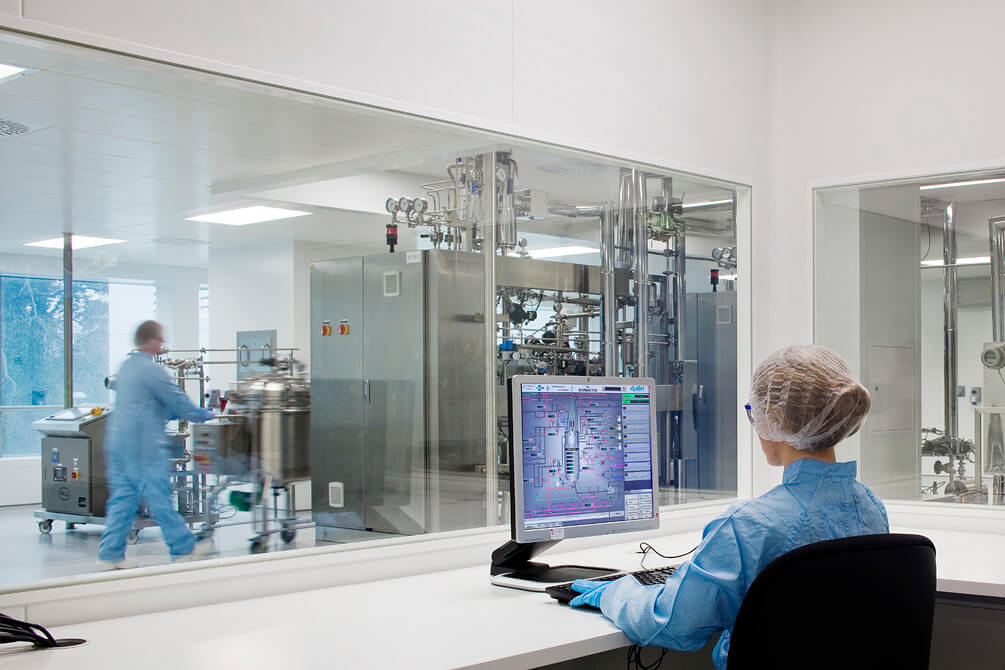You are currently viewing the James Walker Global website.
You are currently viewing the James Walker Global website.

Low compression set materials can offer better sealing with reduced ongoing maintenance and no requirement for retorquing of joints
Thursday, August 14, 2025Since the Covid pandemic, the Biopharmaceutical Industry has a renewed focus to manufacture high quality, effective and safe drugs more efficiently to meet global patient demand. Industry 4.0, AI, Single Use Technology are all helping meet this goal.
Within the world of the high purity elastomer, the role these parts play in manufacturing efficiency are linked to high levels of performance, over extended periods of time. The most common question our customers ask is how long do your seals last? Our answer is not given in weeks, months or years, but in SIP cycles.
James Walker commissioned independent testing of Elast-O-Pure EP75B hygienic seals (Triclamp® type) to 1000 steam-in-place (SIP) cycles alongside products from four competitors. Each SIP cycle consisted of steam at ca. 135oC for 60 minutes followed by cooling to less than 20oC. This testing was carried out by an independent test house, in accordance with ASME BPE non-mandatory Appendix K.
Several comparative performance measures were monitored, a key one being how much of the original sealing force is retained after 1000 SIP heat/cool cycles.
It is well known that the applied torque at installation will be reduced following thermal cycling, mainly due to relaxation, and movement of the gasket material. High levels of relaxation, usually associated with a high compression set material, is undesirable as it leads to reduced sealing forces and ultimately leakage. High compression set materials can result in leakage unless expensive, regular retorquing maintenance schedules are implemented. Low compression set materials are more resistant to relaxation and hence perform better in sealing applications.
Measurement of the residual torque in the clamp-ferrule-seal system is therefore a good measure of the residual sealing force. In this test, after 1000 SIP cycles, the torque of each clamp was reset to the original torque value using a calibrated torque wrench. Retorque values were measured as the angular displacement of the wrench needed to return to the original torque setting.
The collected data was analysed using Analysis of Variance (ANOVA) methods to compare the performance of each of the seals. The results of analysis are shown graphically below.
All elastomers will relax, and move, under load at high temperatures, some more than others. This is related to the compression set of the material, a measure of the resistance to permanent deformation. This is reflected in the retorque values, with lower retorque values indicating a good, low compression set showing the material has not relaxed greatly.
Elast-O-Pure EP75B gave the lowest retorque result, which is low enough that in normal operation no retorquing would be required even over an extended number of thermal cycles, providing good long term sealing. Competitor D performed reasonably well, however, Competitors A, B and C were poor, indicating that these materials are likely to require regular retorquing in use, thereby increasing maintenance costs, increasing downtime and reducing output.
Details of the processes carried out, the observations taken plus results and conclusions are all laid out in the full technical paper, available to download by following this link.

